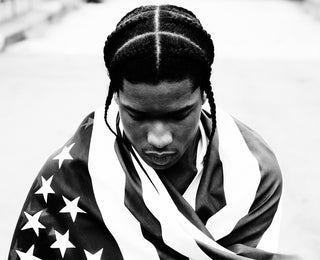British born, Los Angeles based photographer Phil Knott began shooting professionally in 1997, jumpstarting his career in London. Over the past three decades, he’s captured some of the most iconic names in music. From A$AP Rocky’s first album cover, to Justin Timberlake’s Vibe cover, Knott has taken part in his fair share of legendary moments, documenting the humanity of some of our culture’s greatest icons through his portrait work. His photographic journey has taken him to New York, and currently Los Angeles, allowing him to cross paths with genius-level talent.
In September, Knott exhibited a collection of portraits at Mixduse Collective in Brooklyn at a show called Heroes & Legends that featured just that. The solo exhibition included mainstays of the golden era of New York hip-hop including: JAY-Z, Guru, RZA, Nas, and more. He’s following that up with his recent show called I Love You Amy that features 20 pre-celebrity photos of Amy Winehouse that opened this past Thursday.
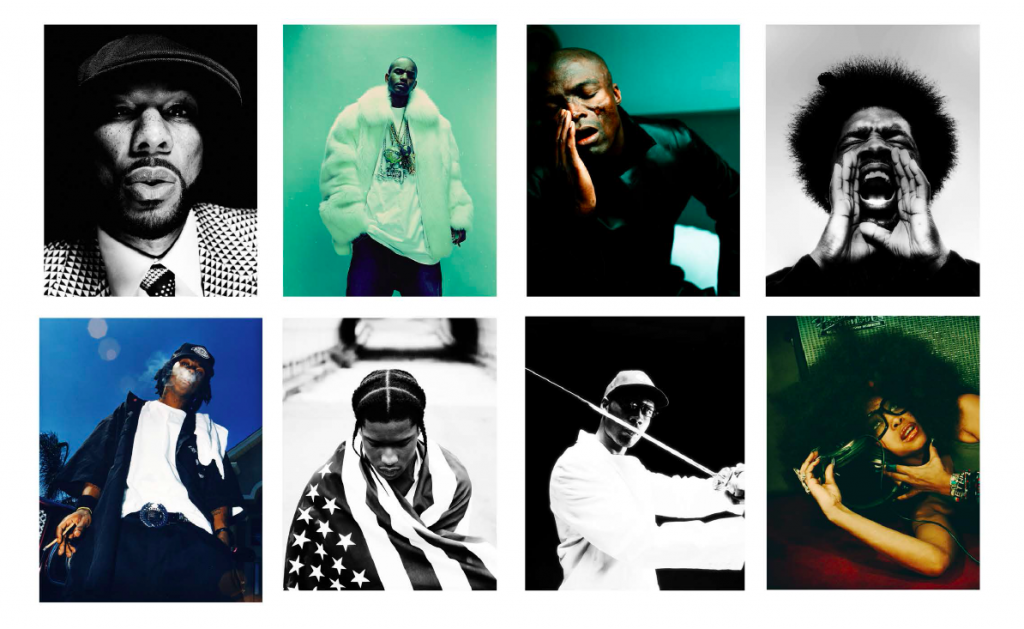
After being connected through a mutual friend, I jumped at the opportunity to learn more about Knott’s journey and craft. Once the background stuff was out of the way, he went into detail about his approach to portraiture, how location plays into his output, Instagram’s effect on commercial photography, and more.
Whether you’re a casual photographer or pursuing a career, there’s something to be learned from Knott’s below account of his years spent behind the lens.
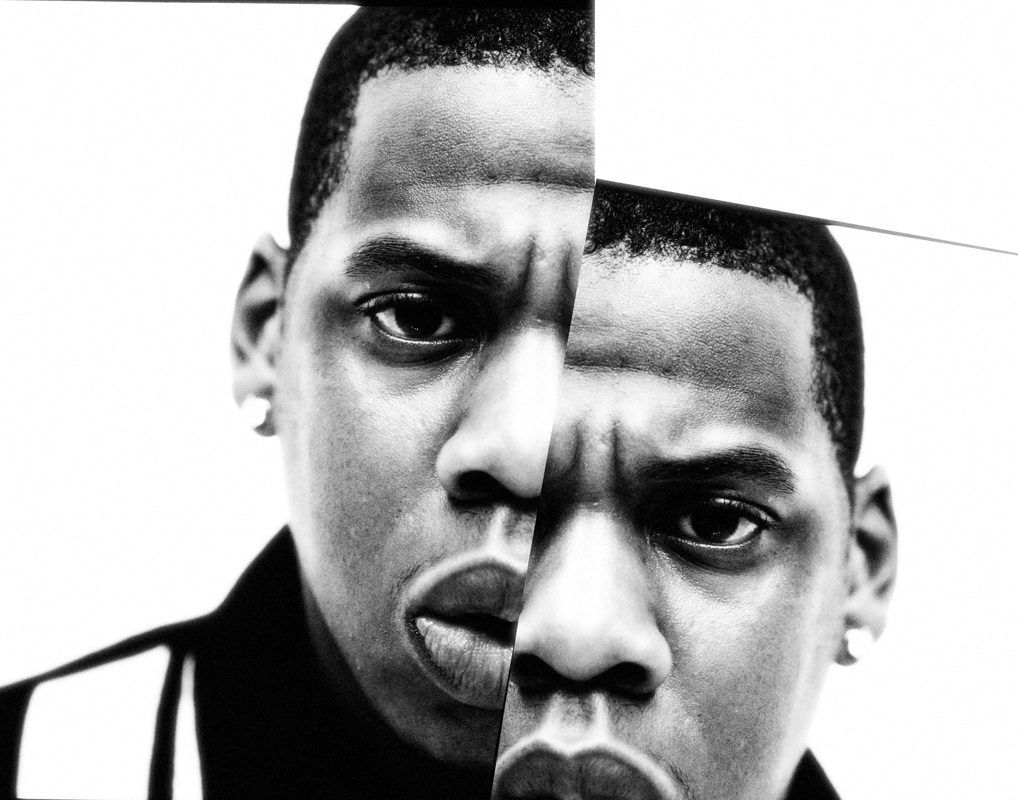
LELAND WARE: Let’s start with a bit of your background, and what life was like growing up in London.
PHIL KNIGHT: I started shooting photos in ’97. I worked at Ray James’s CLICK Studios in London. We shot everybody. At the time, I was doing a degree at Harrow Polytechnic. I realized that I learned more at the studio in a month than I did in three years at the university. I saw firsthand how the photography business worked. I worked for Jean-Baptiste Mondino. He was so cool. He would use like four rolls of film on a campaign. He would shoot these polaroids that looked absolutely amazing. That changed everything. I was like, “This is it. I want to be you!” That was the beginning of my photography. It was the early days in the London scene. Things were vibrant. There were these fantastic magazines like The Face—which I would work for a lot—that would allow you to do what you want. Mo’ Wax was big at the time, and I would work for them. Basically, I got paid in records from Mo’ Wax. So I’ve got a collection of everything that it has ever done. That’s the only collection of records that I’ve got. I threw everything else away.
Talk a little bit about the music scene in London back then, and how you got immersed in it.
Back then, the internet was just an infant. It wasn’t really affecting the labels. So all of these bands were getting signed. There was money from people buying records. The venues in London have always been healthy. I worked with a label called 1234 Records. There was a real scene where all of these up-and-coming people would hang out together. You could go and shoot a band, and get paid for it. You’d go see a band, meet them, and shoot them the next day. The money would come from the record label. You could shoot four or five bands in a week. I was in New York, and I remember when Tower Records closed. I was like, “Oh shit, this is it.” I think everything was in confusion. I don’t think the labels were prepared because they thought it could never happen.

How did you transition from London to New York?
It was easy. London was like New York; it was a natural progression. A lot of the bands that I had been shooting were coming from New York. I was dipping in and out doing jobs. Then, my office, Jan Stevens’s ESP, opened up there, which made it a lot easier. I had a base. After a while, I realized that I quite like this place. It was exciting. It wasn’t like London—but it kind of was. It was a melting pot of cultures. The language was the same. It wasn’t like going to China or something. It was an inspiration, all of the graffiti and all of the art. At that time, it was only in New York. If you travel to various cities, you see the same kind of artwork on the walls now. Back then, things were sort of New York-specific. Suddenly, it became universal. So when I got to New York, there were these beautiful pieces on walls. I had never seen anything like this. And that was my inspiration, along with the quickness of the city and the compactness of Manhattan. This was in 2002.
How did you get immersed in hip-hop culture, and start shooting with these up-and-coming rappers?
I had a contract with the late, great George Pitts at Vibe. Through George, I used to shoot a lot of stuff. Through Vibe, I was in the running to shoot all of these artists. It was probably through that, XXL, and Complex. That was my access to all of these lovely people. I shot Baby and Lil Wayne in Miami. I shot Kanye for FHM. I’ve bumped into Kanye quite a few times. He was always a sweetheart—and look at him now. He’s a superstar. And he’s still here. He’s still at he top of his game.
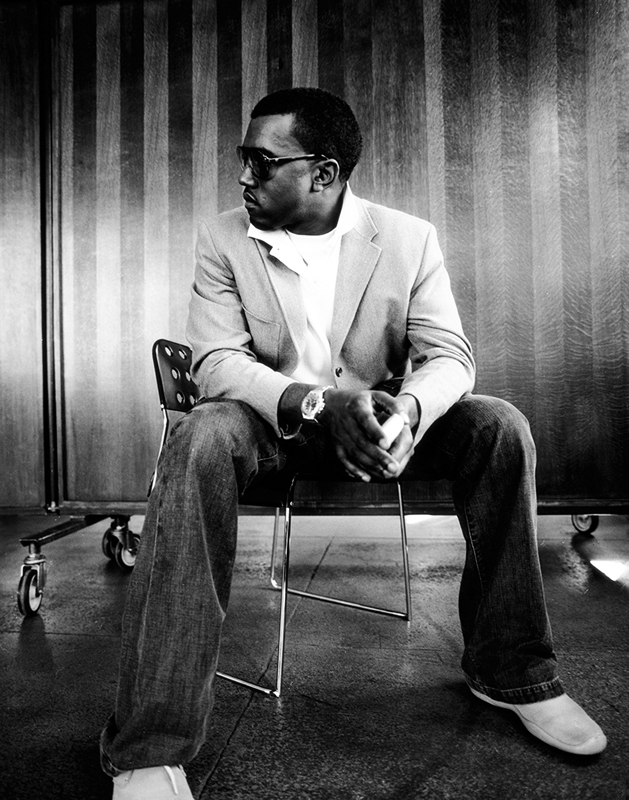
Speaking of superstars. What’s the backstory on how you met Amy Winehouse?
The Frank album was out, and she really sort of wasn’t anything then. She wasn’t in the newspapers. I didn’t know too much about her. She was just this beautiful-voiced girl. She was kind of shy. To me, it was just another artist or band that I was doing. But she was really special. It was one of those nice days, and we kind of dipped all over West London. There wasn’t an entourage behind us. It was just me and her with a few people around taking pictures. There wasn’t any sort of publicity there. So we just went around and took pictures. It was not a big deal. It was sort of magic. At the end of the day, it’s about the picture. Nowadays, it’s just kind of different. There are all of these people that you have to deal with.
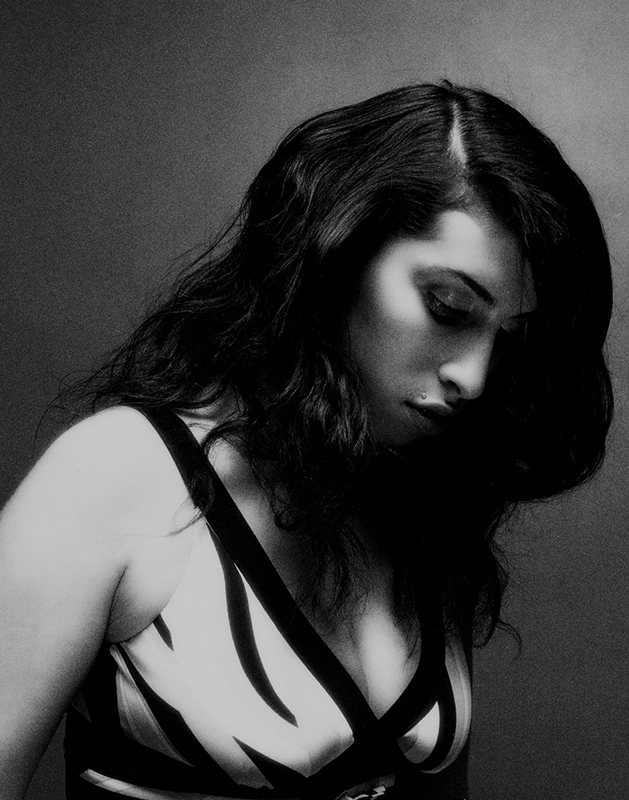
You shot A$AP Rocky right at his ascension.
I did his first album [Long. Live. A$AP]. With rappers, you’re used to people smoking weed and having a bunch of people around. But the A$AP crew were different. Everybody was young, and everybody was doing something. One guy was doing the video, one guy was making jewelry—you know what I mean? Everyone was productive in that group. And that sort of struck me straight away. There was nobody hanging around doing nothing. Rocky was really nice. We went to Harlem where he’s from to shoot. The art director had the idea of putting the black and white flag—it’s upside down. I came to find out that you only have the flag upside down when the country is in distress. They were really in tune with what was going on back then. So that was an iconic record sleeve. But it wouldn’t have been iconic if the music was rubbish.
Could you already see where Rocky’s career was going just from meeting him on the shoot?
I knew the kid wasn’t going to waste any time. That’s the impression that I got from him. He was confident, but not arrogant. I didn’t know how respected that first album would be. I didn’t know he had a big following. He was just sort of this cool kid. In hindsight, his longevity is quite amazing.

I was told that you don’t use social media.
I’ve kind of been forced to, but I like it. For me, I use it as a diary. At the moment, I’m doing a project called Shadow Land. I’ve done some incarnations of it in a book called Masters of Light. It’s one of those things that I’m carrying on now. I live in L.A.; I’m seeing a lot of color. New York was all black and white—but over here, I’m really seeing color. So I’m doing this abstract project based on shadows—the way they form, patterns and stuff. Basically, I’m looking at light. And I think that if these are blown up really big, they will be really beautiful. So I’m trying to find a picture everyday rather than posting the same one.
“There’s this whole list of things from back in the day that went into your craft. And now, with these fantastic iPhones, you don’t have to do that. But you do have to have a good eye. So however you get there, get there. It doesn’t matter.”
What were your thoughts on Instagram when it launched as just a photo sharing app?
I wasn’t really fond of it. I found the whole thing quite overwhelming. Once in a while, I would see beautiful stuff. There were beautiful pictures from all around the world. But a lot of times, I would see a lot of rubbish—loads of portraits. How many pictures can you take of your face and post it there? But then, I was talking to a friend, and we came to the conclusion that that’s what these kids do. I couldn’t think of anything worse than posting a hundred pictures of me on a fucking website. I just try to post inspirational things. And I don’t really tag it that much. The unfiltered thing... It’s like, “Look at me, I took a nice picture and it’s unfiltered.” Okay, just put the fucking picture up, tell everybody where it is, and leave it at that. But it doesn’t work like that. My friend said that you have to become a personality. I think I’m irrelevant—but my pictures are really nice. It’s the way of the world. This is the way it’s going. I don’t know if it makes it right. But when I look at Instagram, I’m overwhelmed by all of the nonsense out there.

